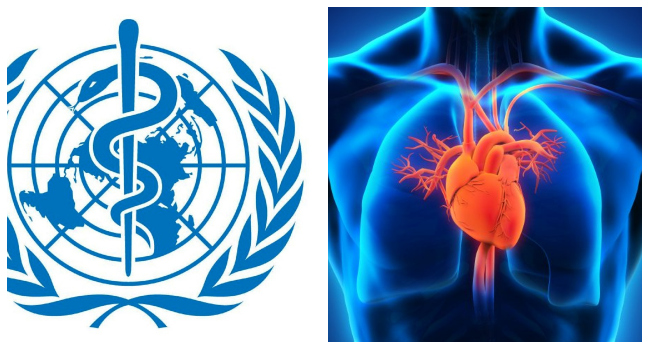The World Health Organisation (WHO) has highlighted a significant global health issue: the rising number of adults facing increased risks of heart attacks and diabetes due to insufficient physical activity.
According to a study published in The Lancet Global Health journal, approximately 1.8 billion adults worldwide were affected in 2022.
This study, covering 197 countries and territories from 2000 to 2022, revealed a troubling increase in physical inactivity among adults, with levels rising by about five percent between 2010 and 2022.
If current trends persist, researchers warn that global physical inactivity levels could reach 35 percent by 2030, which would make it difficult to achieve the global target of reducing physical inactivity by that year.
The WHO recommends that adults engage in at least 150 minutes of moderate-intensity or 75 minutes of vigorous-intensity physical activity per week.
This level of activity helps mitigate the risks of cardiovascular diseases, type 2 diabetes, dementia, and certain cancers like breast and colon cancer.
Dr. Tedros Ghebreyesus, WHO Director-General, emphasized the missed opportunity to reduce these health risks and improve mental well-being through increased physical activity.
He called for renewed commitment to enhancing physical activity levels globally, advocating for strengthened policies and increased funding to reverse the current trend.
The study identified regional disparities, with the highest rates of physical inactivity observed in the high-income Asia Pacific region (48 percent) and South Asia (45 percent). In comparison, inactivity levels ranged from 28 percent in high-income Western countries to 14 percent in Oceania.
Notably, the study also highlighted gender disparities, showing that women globally are more physically inactive than men, with rates at 34 percent compared to 29 percent in men.
The disparity is even more pronounced in certain countries, reaching up to 20 percent difference.
Furthermore, older adults aged 60 and above tend to be less active than younger adults, underscoring the need for targeted efforts to promote physical activity among older populations.
Dr. Rüdiger Krech, WHO’s Director of Health Promotion, stressed that physical inactivity poses a silent threat to global health by significantly contributing to the burden of chronic diseases.
He emphasized the importance of innovative strategies to motivate people across different age groups, environments, and cultural backgrounds to engage in regular physical activity.
In response to these findings, WHO is urging countries to strengthen their policies promoting physical activity through community sports, active recreation, and accessible transport options such as walking, cycling, and public transport.
Dr. Fiona Bull, Head of the WHO Unit for Physical Activity, emphasized the need for a comprehensive societal approach to create environments that facilitate and encourage physical activity, ensuring that all populations can benefit from its health advantages.
WHO’s call to action includes fostering partnerships between governmental and non-governmental stakeholders and increasing investments in innovative approaches to reduce disparities in access to physical activity-promoting measures.
These efforts aim to create a healthier and more productive global population by reducing the prevalence of physical inactivity and its associated health risks.




